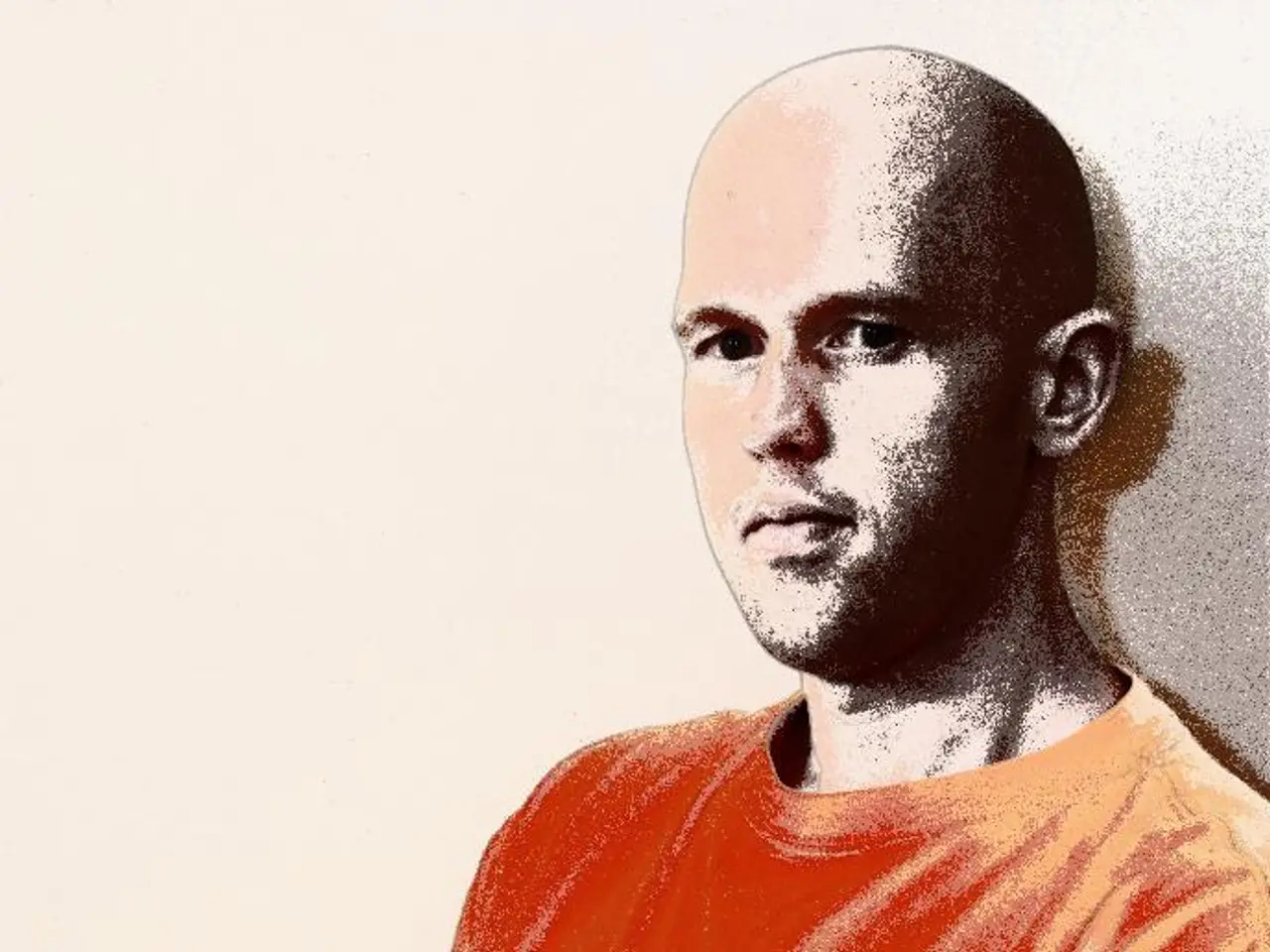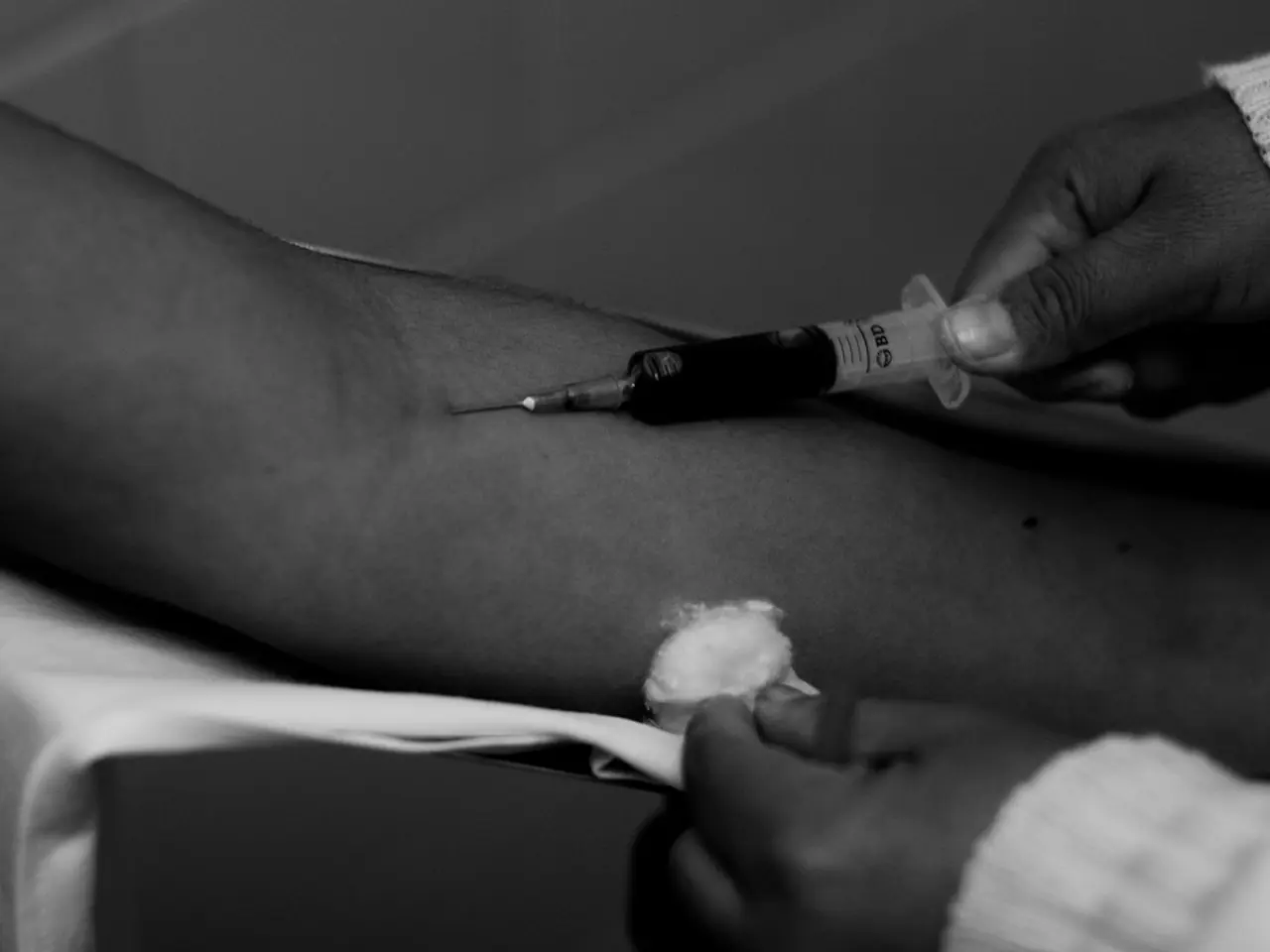Temple Hair Thinning: Understanding Causes and Treatment Options
Hair loss on the temples can be a concerning issue for many individuals, particularly as it is a visible part of the scalp. This article aims to provide a clear overview of the common causes and evidence-based treatments for temple hair loss.
### Causes
Male and Female Pattern Baldness (Androgenetic Alopecia)
This is the most common cause of hair loss on the temples for both genders. In men, increased levels of the androgen dihydrotestosterone (DHT) cause hair follicles at the temples and crown to shrink, leading to thinning and eventual baldness. In women, genetics play a primary role, but hormonal changes such as menopause, pregnancy, and birth control use can trigger or worsen the condition. Women typically experience more diffuse thinning rather than distinct bald spots. Other factors influencing female pattern baldness include age, medical conditions like thyroid issues and PCOS, and stress.
Telogen Effluvium
This is a form of temporary hair loss often triggered by stress, illness, surgery, or hormonal changes. It presents as diffuse thinning that can affect the temples along with other scalp areas. Telogen effluvium often follows a significant physical or emotional shock and causes more hairs than usual to enter the shedding (telogen) phase.
Nutritional Deficiencies
Deficiencies in protein, iron, zinc, biotin, vitamins D and B-complex can lead to hair thinning and telogen effluvium. Iron deficiency, in particular, is linked to telogen effluvium with symptoms like brittle hair concentrated at the crown and temples, along with fatigue and pale skin. Hair loss from nutritional causes is reversible with appropriate diet improvements and supplementation.
### Treatments
| Cause | Treatment Options | |-------------------------------|----------------------------------------------------------------------------------------------------------------------| | **Male Pattern Baldness** | Finasteride (inhibits DHT), minoxidil (topical), hair transplant, low-level laser therapy | | **Female Pattern Baldness** | Minoxidil, finasteride (less commonly used), platelet-rich plasma injections, hair transplant, red light therapy | | **Telogen Effluvium** | Address underlying cause (stress reduction, treat illness), balanced nutrition, topical minoxidil (sometimes used) | | **Nutritional Deficiencies** | Dietary improvements, iron and vitamin supplementation, treating underlying malnutrition |
Finasteride blocks the conversion of testosterone to DHT, slowing hair loss in men and sometimes prescribed for women under supervision. Minoxidil is commonly used in both sexes to promote hair regrowth by improving blood flow to follicles. Hair transplants relocate healthy hair follicles to thinning areas, effective for permanent pattern baldness. Platelet-rich plasma (PRP) therapy involves injecting concentrated blood platelets into the scalp to stimulate growth, used for pattern baldness. Lifestyle adjustments, managing stress, and ensuring good nutrition are essential especially in telogen effluvium and deficiency-related hair loss.
In cases where a medication is suspected to be causing hair loss, it is advisable to speak to a doctor. Telogen effluvium, a type of hair loss that can affect the area around the temples, is often caused by a health condition, a stressful life event, or certain medications. Drug-induced alopecia, a type of hair loss caused by certain medications, can occur anywhere on the scalp, including on the temples.
Hair often grows back in traction alopecia once the person stops styling the hair so tightly. In most cases, once a person stops taking the medication, the hair begins to grow back within 3-6 months. Researchers have discovered that pattern baldness has links to hormones called androgens.
Male pattern baldness can occur as part of the natural aging process and affects around 50% of males over the age of 50. Hair transplantation is a procedure that involves taking hair follicles from a site with good hair growth and implanting them into areas of baldness. Low level laser therapy uses lasers to stimulate the scalp and encourage new hair growth and prevent a buildup of DHT in the hair follicles.
Treating PCOS may help to treat symptoms of hair loss. If PCOS is causing female pattern baldness, addressing the condition could potentially alleviate the hair loss symptoms.
This approach targets the most prevalent causes and best evidence-based treatments related specifically to temple hair loss. For personalized care, a diagnosis by a hair specialist is recommended.
- specific treatments for temple hair loss may include minoxidil, low-level laser therapy, and hair transplantation for male pattern baldness, and minoxidil, platelet-rich plasma injections, red light therapy, and hair transplantation for female pattern baldness.
- Drug-induced alopecia, a type of hair loss caused by certain medications, can affect the area around the temples, and once a person stops taking the medication, the hair often begins to grow back within 3-6 months.
- Telogen effluvium, a type of hair loss that can affect the area around the temples, is often caused by a health condition, a stressful life event, or certain medications, and researchers have discovered that pattern baldness has links to hormones called androgens.




